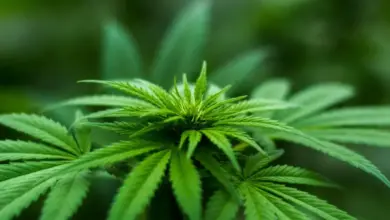Climate Action: 5 Steps to Avert Climate Crisis
For years, climate change has been a topic of discussion for environmentalists. While for the common man this was an issue that was yet to impact them, the reality is it is already happening. People can witness the changes in their daily lives. The drastic climate change, the soaring temperature, shift in rainfall pattern melting of glaciers and snow and rising of sea level globally.
Definite steps, measures, and preventive climate action must be taken to ensure that people could mitigate climate change, reduce the impact of the changes, and prevent activities that will directly contribute to climate change. In this article, you will learn the meaning of climate change, its impact, and easy ways through which climate crises can be averted.
Climate Change: Definition and Its Impact
Climate change is the change in the regular weather that is found in a particular region. It is based on the continued change of climate over a large period; the change can be determined by the variation in rainfall, temperature, and wind annually. The variation is not merely restricted to a particular place as the magnitude depends upon the heat-trapping gasses that are emitted on a global scale and climate action globally.
Global climate change is a serious issue, and it has a drastic impact on humans and livestock. It leads to continued rise in temperature, prolonged frost-free season, variation in precipitation pattern, increase in heat and drought waves, the enhanced intensity of hurricanes, continued rise in sea level, and more.
5 Steps to Avert Climate Change
- Reduction in Emission
The first step to climate action is reducing emissions–people can easily do this by making some small adjustments in their daily lives. They can opt to use their car less. Instead, a better and sustainable option is advised such as public transport or using a bicycle. Instead of taking flights regularly, people can opt to take trains which can help in reducing the emission of CO2. As per studies with the use of a single liter of fuel, 2,5 kilos of CO2 are emitted in the environment.
- Conservation of Energy
Energy conservation is a great climate action that can positively contribute to the challenge of climate change. It is always advised to not leave appliances on standby. Once used, one should switch it off until they use it next time. The thermostat of air conditioning and heating should be adjusted. By making a conscious effort, users can save energy at their homes, offices and save on their electric bills.
- Applying the 3 Rs – Reduce Recycle and Reuse
To combat climate, change the right climate is to implement the sustainable 3 Rs in daily life.
- Reduce: Users must attempt to useless, try to restrict their consumption of energy efficiently.
- Reuse: Reusability is impactful climate action. People can reuse items instead of purchasing new ones. This can reduce the production of items that contributes directly to climate change.
- Recycle: Recycling is a wonderful way of not only conserving energy but also helping in producing fewer waste products. The household garbage can alone save the emission of 730 kilos of CO2 annually by recycling even half the waste.
- Conserve Green Space:
Creating space for more human activities and development often leads to the destruction of green spaces such as forests, gardens, and green areas. With regular deforestation, climate change leads to erosion, landslide which can lead to loss of lives, livestock, and even crops. People must raise voices to prevent deforestation. They must also make effort to create their own green space at their homes, garden, balcony, and terrace.
- Raise Awareness:
People need to be aware of climate change and its impact. However, there are several unreliable sources that deliver wrong information and spread myth. Therefore. People must actively raise awareness and spread information that can help in taking climate action to avert this change.














